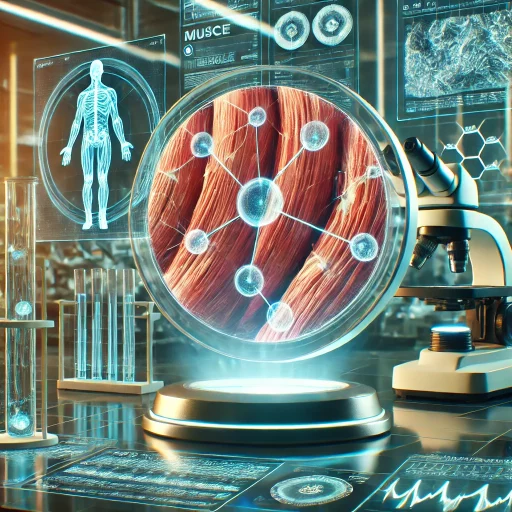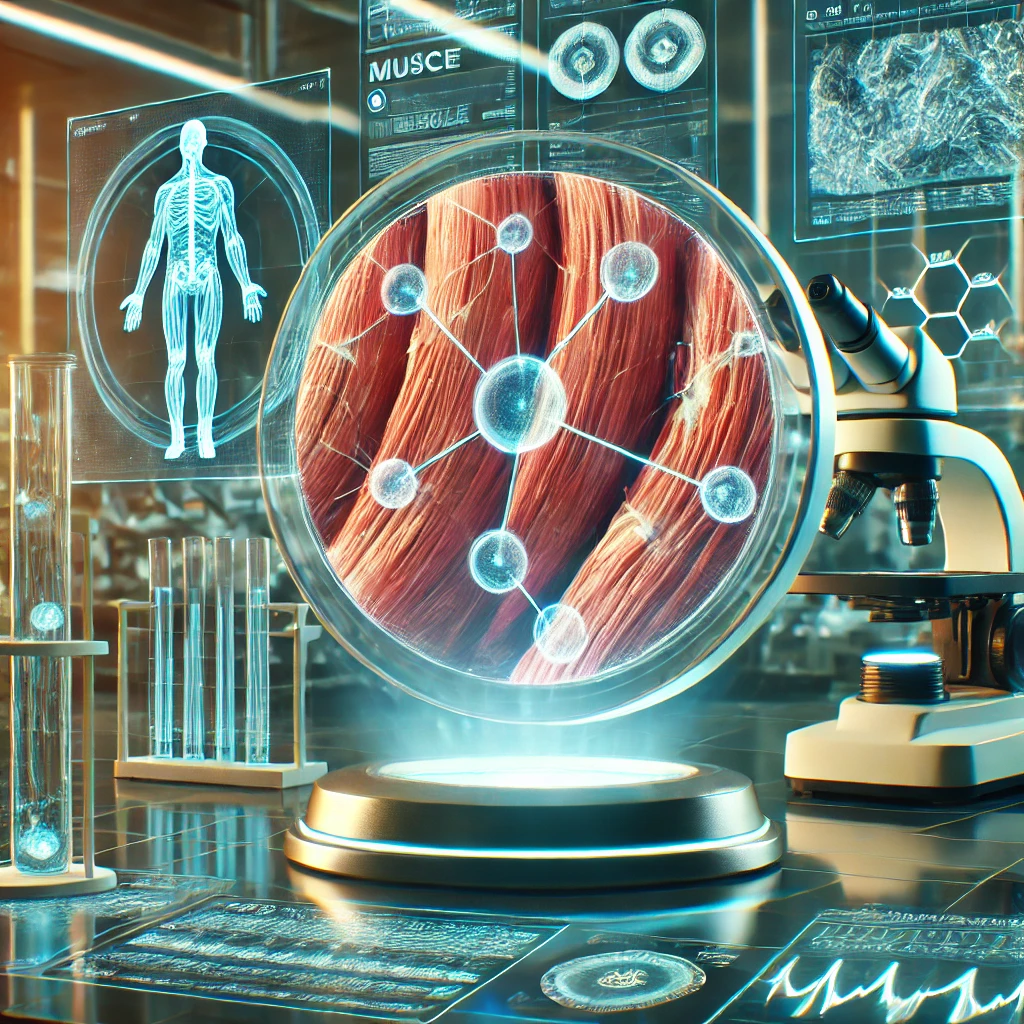Tiny Muscles Built in the Lab
Imagine creating miniature muscle tissues in a lab that behave like real muscles in your body. Scientists have accomplished this remarkable feat, offering an innovative way to study how muscles and nerves communicate. These lab-grown muscles can mimic natural contractions, providing a powerful tool to decode the mechanics of movement.
The Secrets of Muscle-Nerve Communication
Researchers developed engineered muscle tissues capable of contracting just like the muscles in your body. Using this setup, they could separate and observe the mechanical (movement-related) and chemical signals that muscles send to nerves. This breakthrough gives scientists an unparalleled view of how these two critical systems interact and influence each other.
A New Hope for Neuromuscular Disorders
Understanding the intricate “conversation” between muscles and nerves is a game-changer. It could pave the way for more effective treatments for nerve injuries and diseases like ALS, where this vital communication breaks down. By isolating specific issues in these interactions, researchers can design therapies that restore or enhance these connections.
Building the Future of Muscle and Nerve Repair
This research isn’t just about lab experiments—it’s about changing lives. By studying engineered tissues, scientists are uncovering new insights that could lead to breakthroughs in treating neuromuscular disorders. These findings bring hope to millions affected by conditions that disrupt muscle and nerve communication, offering the promise of improved therapies and quality of life.
Source: Wiley Online Library





